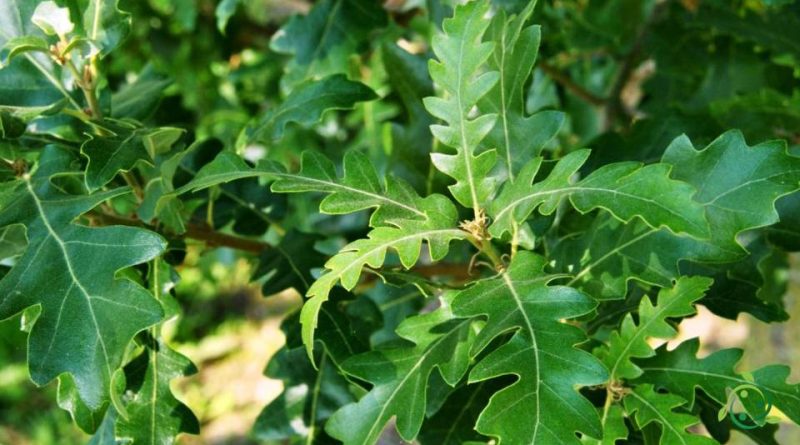Reproduction of the Turkey oak
Reproduction of the Turkey oak
Turkey oak (Quercus cerris L., 1753) is a deciduous tree of the Fagaceae family native to south-eastern Europe and Asia Minor.
Suitable breeding habitat –
Quercus cerris Allineare is an oak native to south-eastern Europe and Asia Minor. It is present in an area that includes the central area of Europe, in France and Italy, up to Romania, Greece, Turkey and south-east up to Syria and Lebanon.
In Italy it is very frequent in the Apennines and especially in the central-southern regions, from the sub-mountain to the sub-Mediterranean level, while it is absent in Sardinia. In Lodrino, 750 m a.s.l., in the Trompia Valley, a Turkey oak forest is preserved. This is a rarity.
Its habitat is that of some wooded areas but not in the presence of a cold climate, rather in milder conditions of a Mediterranean climate.
Propagation –
Quercus cerris is a fairly cold-hardy plant, tolerating temperatures down to around -20 ° C when in a dormant state.
It prefers a good deep fertile soil with an acidic and well drained pH; however it also grows well on gypsum even when the soil is shallow, provided it is not dry.
It prefers a sunny location, but young plants tolerate reasonable levels of shade.
It is a fast growing Oak, which generally lives for around 120-150 years. It also responds well to coppice and topping and easily hybridizes with other members of the genus.
For the propagation of this plant, remember that the seed matures in its second year.
Furthermore, the seed quickly loses vitality if it is allowed to dry out. It can be kept moist and cool during the winter, but it is best to sow as soon as it is ripe in an outdoor seedbed, although it must be protected from mice, squirrels, etc. Small amounts of seeds can be sown in deep pots in an unheated seedbed.
The plants produce a deep taproot and must be transplanted in the open field as soon as possible, in fact the seed sown in situ will produce the best trees.
For this reason, young seedlings should not be left in the nursery for more than 2 seasons as, over time, they respond poorly to transplanting.
Ecology –
Turkey oak is a plant whose range once extended to northern Europe and the British Isles before the previous ice age, about 120,000 years ago.
Turkey oak is widely planted and naturalized throughout much of Europe. This is partly due to its relatively rapid growth. It is used as an ornamental and as a coastal windbreak. Several cultivars were selected, including “Variegata”, a variegated cultivar, and “Woden”, with large, deeply lobed leaves.
Turkey oak readily hybridizes with cork oak (Q. suber), the resulting hybrid is called Q. × crenata Lam. This hybrid is found both in the wild where its parent ranges overlap in the wild, and in cultivation. It is a tree of very variable size, from medium to large, generally semi-evergreen, sometimes almost completely, and often with a marked hybrid vigor; its bark is thick and fissured but never as thick as that of the cork oak.
In Italy, beautiful Cerro woods are found throughout the Apennines.

